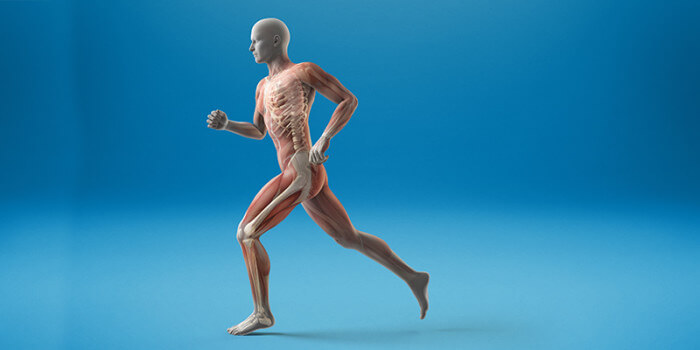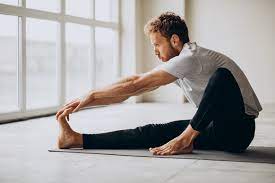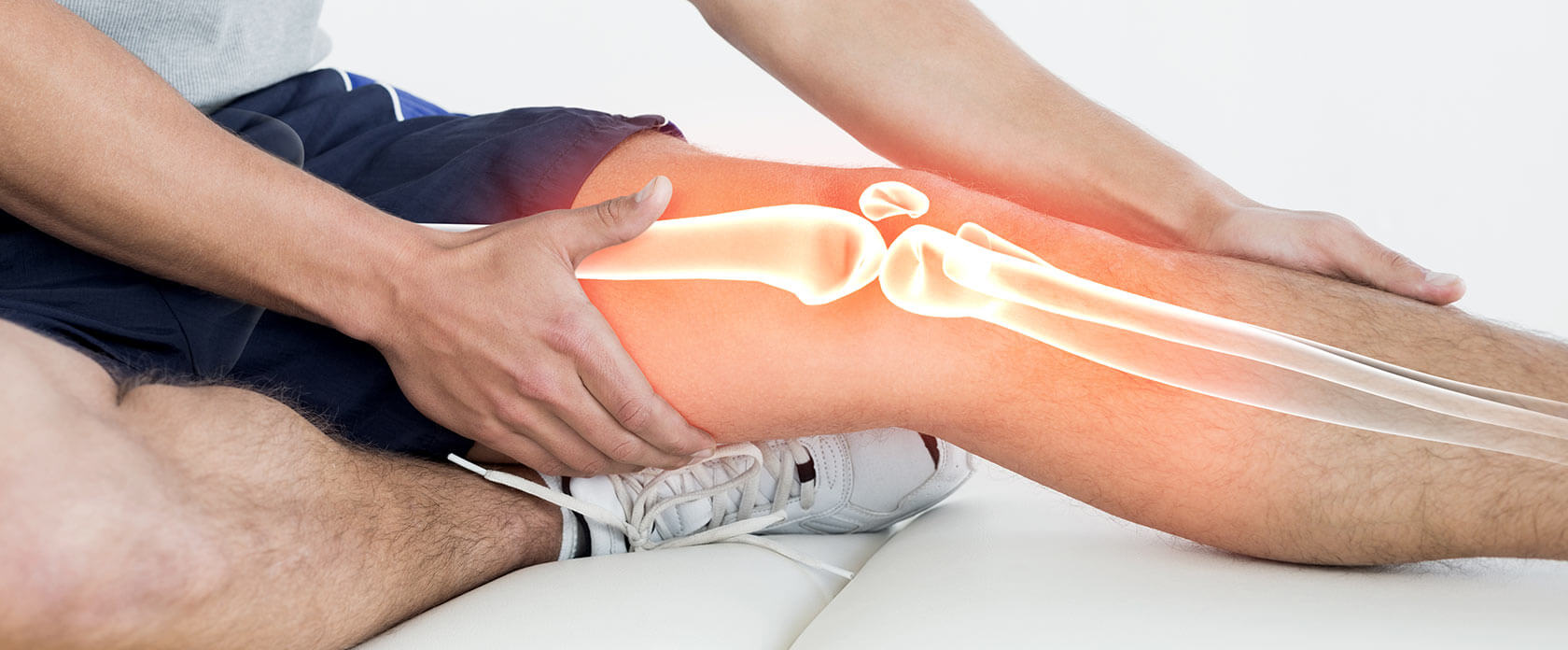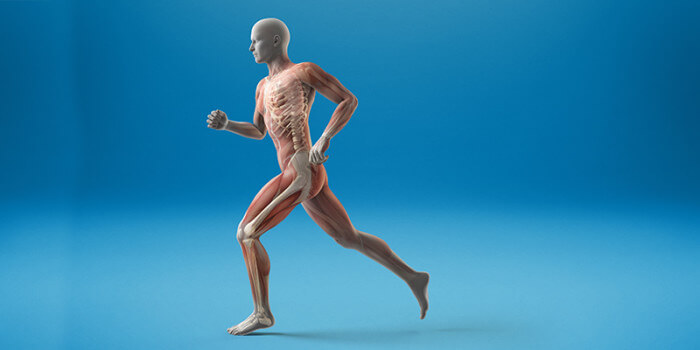
5 tips for supple muscles and joints
Flexible muscles and joints are essential for a good quality of life. There are several ways to keep your muscles and joints supple. In this article, you will read all about the causes of stiff muscles and joints and perhaps most importantly, how to make sure they stay flexible.
Causes of stiff muscles and joints

There are several causes for the development of stiff muscles and joints. Often, habits in the daily routine are the culprits. We are usually unaware of this, which means we cannot prevent stiff muscles and joints.
Overload
One of the most common causes is overuse. Overloading comes about through excessive or overly intensive strain on the muscles. We often see this in sports such as tennis or running, where we repeat certain movements intensively. We also see this problem in people who spend a lot of time behind a laptop. This involves pressing fingers on keys and repeatedly sliding a computer mouse for long periods of time. Overloading can also be caused by wearing the wrong shoes. There is then unbalanced strain.
Attitude

Our posture can also affect the stiffness of our muscles and joints. Spending long periods of time in the same posture can cause our muscles and joints to stiffen up. We often immediately think of an office job, where people sit in the same posture for 8 hours, but we also see this in a job as a painter. Painters stand for a long time painting in the same posture.
Stress
But stress can also cause stiffness. In our daily lives, we all experience stress from time to time. When the period of stress is prolonged, it can result in a stiff feeling throughout our body. Because stress is a flight or fight response, our muscles prepare and start to tighten. This causes us to experience movement restriction. This combination can cause us to experience muscle pain mainly in our upper body.
Tip 1: Keep up regular exercise
Being physically active reduces the chances of developing joint problems such as pain and stiffness later on. Exercise makes bones and muscles strong and keeps your joints supple. We therefore recommend regular stretching exercises or going for a bike ride or a walk. This way the muscles can relax and become better supplied with blood.
Tip 2: Get shoes with cushioning
When we put our foot down, it should land in a straight position under the leg. However, in practice, this is often not the case. This results in unbalanced loading. One solution to this is to use insoles or wear shoes with cushioning. Insoles can help correct our feet back to their natural position. In addition, cushioning ensures that shocks are absorbed. This means less strain on our joints.
Tip 3: Pay attention to your diet
Nutrition plays an important role in controlling body weight. Higher body weight causes more wear and tear and inflammatory processes in the body.
As we age, our muscles decrease in size. Also, older people generally move less. When our muscles decrease in size and we move less, we automatically consume less energy. Our calorie intake should be adjusted accordingly. Make sure you take in enough protein-rich food. Proteins are mainly present in animal products like meat, fish and dairy and stimulate muscle growth.
Tip 4: Vitamins for muscles and joints

Vitamin D is an important vitamin for developing and maintaining smooth muscles. This vitamin is mainly found in sunlight, but also in oily fish. If you are not sufficiently outdoors and are not a fan of oily fish, it is recommended to take vitamin D as a supplement.
Tip 5: Use supplementary supplements
Besides vitamins, minerals are also essential for maintaining smooth muscles and joints. We therefore recommend taking supplements for joints and muscles. Magnesium is an important nutrient that helps release energy, relax muscles and maintain strong and supple muscles. Curcuma, derived from the Turmeric plant, also helps maintain supple muscles and joints. Furthermore, glucosamine can provide additional support to your muscles and joints.
Read more about flexible muscles and joints
In this article, we discussed the causes of stiff muscles and joints and gave several tips that can help maintain supple muscles and joints. If you want to remedy stiff muscles and joints, it is important to identify the cause. But prevention is better than cure, so get plenty of exercise, good shoes with cushioning, pay attention to your diet and use additional vitamins and supplements. Read on for additional information on stiff muscles and joints and the contribution of supplements for supple muscles and joints.
Literature list
https://www.cm.be/ziekte-en-behandeling/klachten-en-ziekten/stijve-spieren
https://www.thuisarts.nl/gewrichtsklachten/ik-heb-last-van-mijn-gewrichten
https://www.bewegenzonderpijn.com/oorzaken-spier-gewrichtspijn/
https://www.bewegenzonderpijn.com/voeding-artrose/
https://www.samengezond.nl/gezond-ouder-worden-gewrichten/
https://www.davitamon.nl/behoeftes/spieren/
https://www.cm.be/ziekte-en-behandeling/klachten-en-ziekten/stijve-spieren
https://www.flinndal.nl/blog/voedingsstoffen-voor-gewrichten-spieren-botten
https://www.flinndal.nl/blog/voedingsstoffen-voor-gewrichten-spieren-botten
